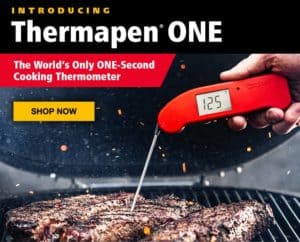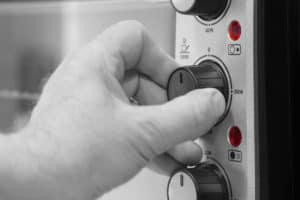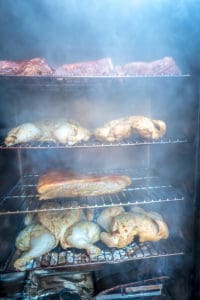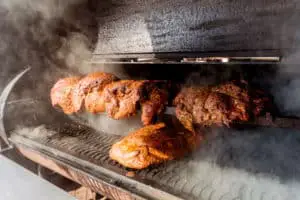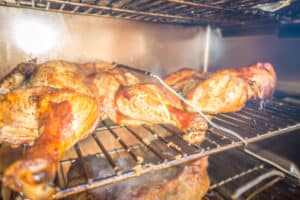What to Look for When Buying a Pellet Smoker: A Beginner’s Guide
Disclosure: This post may contain affiliate links. If you use these links to buy something we may earn a commission at not additional cost to you. Learn more.
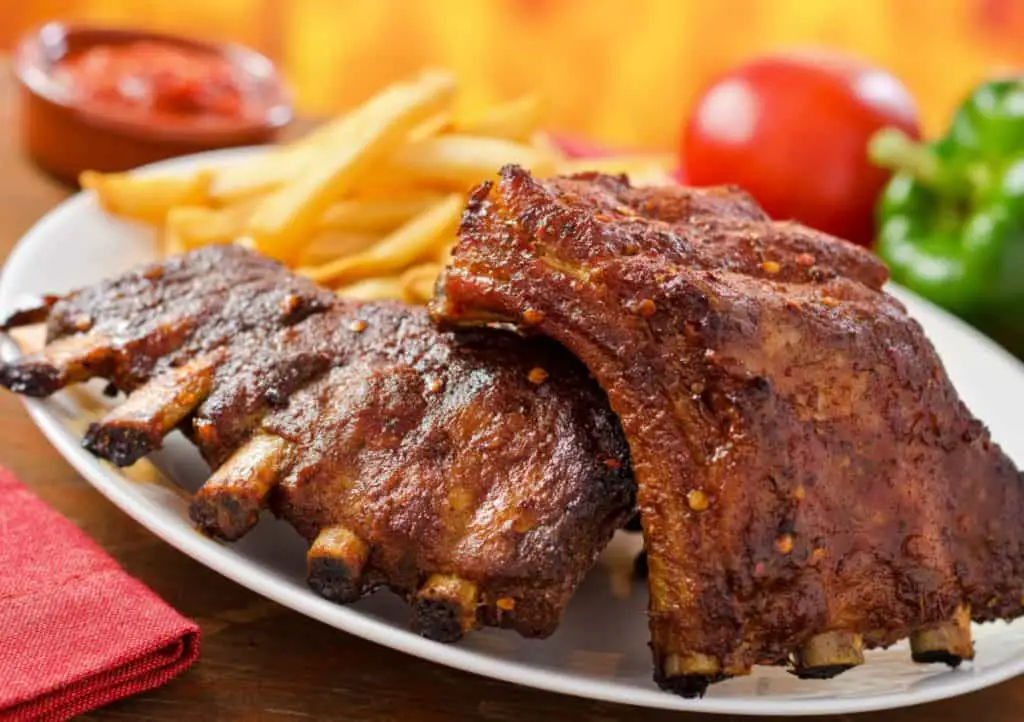
Curious about what type of pellet smoker is best for you? Read on for a more comprehensive understanding of pellet grills
Factors to consider when purchasing a pellet smoker include the configuration, type of pellet smoker, type of controller being used, class of pellet smoker, and type of pellets.
Pellet Smoker Configurations
There are two main configurations when it comes to Pellet Grills: the Built-in configuration as well as the Freestanding configuration.
The Built-in Configuration: The built-in configuration is the most common type of outdoor cooker that is built into BBQ islands. These are very popular and are especially convenient with outdoor cooking areas, as they are directly connected to the rest of the kitchen, making the cooking process much easier.
The Freestanding Configuration: As opposed to the built-in configuration, these smokers allow for the autonomy to be moved around wherever is convenient for the chef. The portability of these configurations makes them a convenient and attractive option, especially if you do not have an outdoor kitchen. These can also be used for camping, so long as you have a consistent electricity source to bring along with you.
Pellet Smoker Types
Now that we have addressed the different types of configurations, let’s now observe the different types of Pellet smokers. These can be categorized into two groups, the traditional pellet smoker, as well as the vertical pellet smoker. Each comes with its own respective pros and cons.
Pellet Smoker: These smokers are preferable if your objective is to cook at a wide range of temperatures, with a range from a few hundred degrees all the way up to six hundred. These grills allow for a broader range in terms of the types of meats that can be cooked, making the traditional smoker an attractive and convenient option.
Vertical Pellet Smoker: The vertical smoker can be contrasted from the former because of its specialization for cooking at low temperatures. Whereas the traditional pellet smoker has a wide range in terms of temperature, the vertical pellet smoker is designed to cook for longer durations of time at a lower temperature. They are preferable to traditional pellet smokers in terms of cooking softer meats, such as salmon and other types of fish. Although their heat range is not as broad as the traditional pellet smoker, they are still the preferable choice if you are focusing on cooking in a more slow and meticulous fashion, as cooking slowly at a lower temperature can yield the tastiest results for specific meats.
Types of Controllers
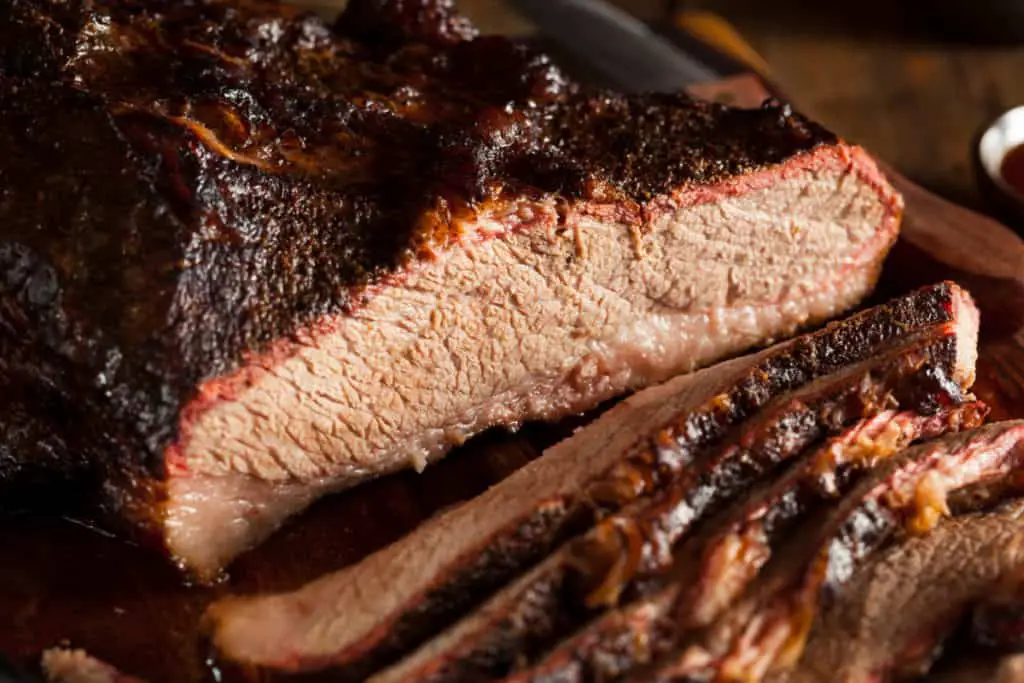
Let’s now turn out focus to one of the most important, and perhaps overlooked components of a good pellet smoker: the controllers. The controller of a pellet smoker is responsible for the regulation of heat within the smoker and accomplishes this task by controlling the pellet consumption levels within the smoker. There are three main types of controllers that are used in the market today: Non-PID Controllers, Pellet Grill PID Controllers, and PID-Plus Interfaces. We will analyze exactly what each of these is, as well as their respective pros and cons.
Non-PID Controllers: These are the older class of controllers, and rather than operating on their own, regulated with a number of pre-set positions. Rather than having an exact and accurate reading, you are forced to dial it onto the closest setting and hope that it cooks the way that you desire. These types of controllers are generally found in the lower tier of pellet smokers, such as beginner grills. These grills can be used if the meat you are cooking can tolerate a decent margin of air while cooking in terms of the temperature, but if you are more precise about your grilling, this is the least attractive option for you.
Pellet Grill PID Controllers: After years of inefficient and inaccurate measuring, PID (Proportional Integral Derivative) controllers were finally developed. Unlike the standard Non-PID controllers, these do not require constant attention and babysitting, and can actually function well on themselves. These grills work by adjusting their temperatures according to their given circumstances.
For example, a PID controller can observe the rate at which the pellets are being fed, and if its notices an inconsistency that creates variation in the temperature, it will regulate it, allowing for a much more consistent temperature level. This mitigates against the variation that was known to occur in Non-PID controllers and ensures a much more steady and consistent cooking process. These types of controllers can be commonly found in most new smokers on the market today.
PID-Plus Surfaces: Similar to how PID Controllers were a step up technologically from the Non-PID controllers, so are PID-plus surface controllers a step up from traditional PID controllers. These can be differentiated from the other options largely because of their high tech features, such as being able to connect to your mobile devices, having access to Wi-Fi, and even being able to receive notifications on your smartphone that update you on the current progress and temperature levels of your smoker. As you would expect, these types of controllers tend to be built in newer and upper-level smokers.
Classes of Pellet Smokers
Not all pellet smokers are created equal, there are different classes among them. These can be subdivided between four different levels within the industry, practical or starter-level smokers, economy smokers, premium smokers, and lastly high-end luxury pellet smokers. In terms of which of these options is the best for you is largely dependant on your intentions with your cooking, as well as how much you are willing to spend in order to acquire something of higher quality. We will define and compare these four categories in order to provide greater insight into the four classes of pellet smokers, and what they entail.
Practical Pellet Smokers:
These are generally built out of stainless steel, and have a temperature range of approximately two hundred to four hundred degrees, allowing them to cook a broad variety of foods, so long as a higher temperature is not necessitated. The actualized temperature will likely experience variation from what the thermometer says, and the regulation tends to be of lower quality due to the price point.
Economy Pellet Smokers:
These tend to be composed of nicer steels, such as porcelain and powder-coated steel. Similar to practical grills, these do not get particularly warm, topping out at around five hundred degrees, meaning they are not ideal options if you desire to cook something that necessitates a high temperature. Although these may be externally more attractive than practical pellet smokers, they are still lower level in terms of overall performance.
Premium Pellet Smokers:
These types of smokers begin to introduce more luxurious features, and a significant price difference can be noted at this level. At this level, the exteriors tend to be composed of high-quality stainless steel, and the interior of the smoker will be very well insulated in order to allow consistent temperatures while the food is cooking.
High End Pellet Smokers:
These are the top-of-the-line product and will produce high-quality food. Expect to spend well over a thousand dollars for these types of grills, and think of brands such as Traeger and Coyote in terms of the quality being offered. The exteriors are composed of high-quality and durable steel, and these have wide temperature ranges, often nearing seven hundred degrees. These tend to come equipped with the latest technology, as well as being extremely well insulated, preventing almost all variation from occurring between what the temperature says, and what it is in actuality.
Types of Pellets
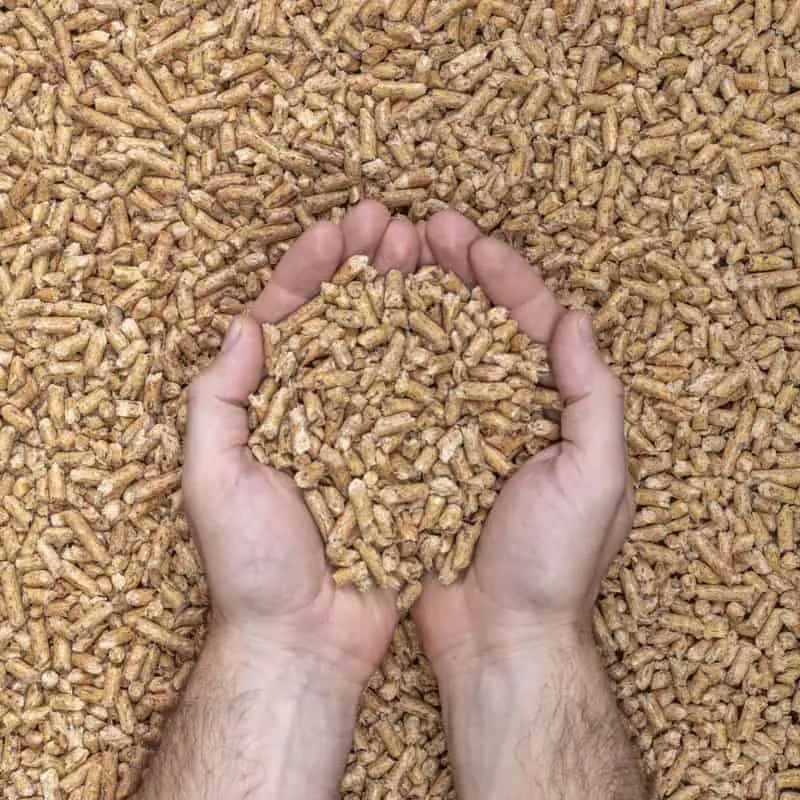
When cooking your food, the different pellets can be used depending on the type of flavor that you desire to create. Although there are certainly many other types of pellets out there, here are three of the most common
Classic Wood– This is the traditional pellet you buy from the store, these provide a classic smoky taste
Hickory– Provides a sweet and bacon-like flavor to the Bar BQ being smoked or grilled.
Mesquite– These pellets will provide your food with a more spicy and sweet flavor, making it an attractive option for those desiring more of a kick to their food
How to use a Pellet Smoker
Searing On a Pellet Smoker
The process of searing occurs when the food being cooked is cooked at a high temperature, this can be likened to the boiling type sound of when you throw some cold chicken on a hot pan. This process is done by first preheating your smoker/grill to an appropriate temperature and allowing it sufficient time to heat up. If necessary, marinate the meat that you desire to cook, and simply place it upon the grill. You should see sear marks from the grill develop, generally shown as brown color lines that run along the food being cooked.
Best Foods for a Pellet Smoker
One of the main benefits associated with using a pellet grill is how versatile it can be, as it can cook nearly everything from eggs to a rib-eye steak. I could go on and on in terms of all the different foods that can be cooked on a pellet smoker, but suffice it to say pretty much any food that can be traditionally baked or smoked can also be cooked on a pellet smoker, so long as the temperature setting is appropriate.
How to Maintain a Pellet Smoker
Last, but most certainly not least, let’s discuss how you can maintain your pellet grill in order to ensure that it stays in good shape. Fortunately, the process is not particularly tedious as it is time-consuming. After your smoker is used to cook, it will naturally get dirty, as grease and ash will begin accumulating. This needs to be regularly cleaned out, as the functionality will be compromised if this is neglected for too long. Additionally, the inside and outside should periodically be scrubbed so that the smoker stays clean and smelling fresh. The only materials necessary for this are a bucket of warm water, some soap, and a grill brush. So long as you follow these steps when the time is right, your pellet smoker should be in good shape!
Best Pellet Smokers available
Coyote 36-inch Pellet Grill/Smoker
There are a number of reasons why the Coyote thirty-six-inch smoker/grill is regarded as one of the best in the business. To begin, it offers a touchscreen control for you to decide on whatever you desire the set temperature to be. Once this temperature is established, you have no need to worry, as the smoker is so well insulated even small variations are mitigated. The hopper is also extra efficient, as it is able to hold up to fifteen pounds of pellets at a given time, meaning you do not need to worry about constantly refilling your smoker.
It is also very accessible and is built to be compatible with any type of pellet flavor that you desire to throw its way. Additionally, it is built to be versatile, with a heat range starting from one hundred and seventy-five degrees, and making its way all the way up to seven hundred degrees, meaning nearly every meat under the sun can be either cooked or smoked.
Traeger Ironwood 650 Grill/Smoker
Built by the highly acclaimed Traeger company, the Traeger Ironwood 650 is considered one of the best in the business. It is constructed in a wide manner, with several square feet of grilling space provided. As you would expect, it also comes with some of the newest state-of-the-art technology, including the ability to monitor your smoker from a distant location with nothing but a smartphone app.
Simply download the Traeger app, and the old days of having to babysit your smoker are gone, as you can rest assured that your food is being cooked just fine. It can even be connected to Amazon Alexa and Google Home, meaning you can adjust your Traeger accordingly with nothing but the use of a verbal command. It is also strong, with the ability to hold twenty pounds full of pellets, meaning you do not need to worry about refilling as often. The only downside associated with this fantastic smoker is the relatively limited range that it has in terms of the temperature, as it has a minimum temperature of one hundred sixty-five degrees, with a maximum of only five hundred degrees. Although this is a decent range, there will be certain foods that you will not be able to grill as effectively as a result.

